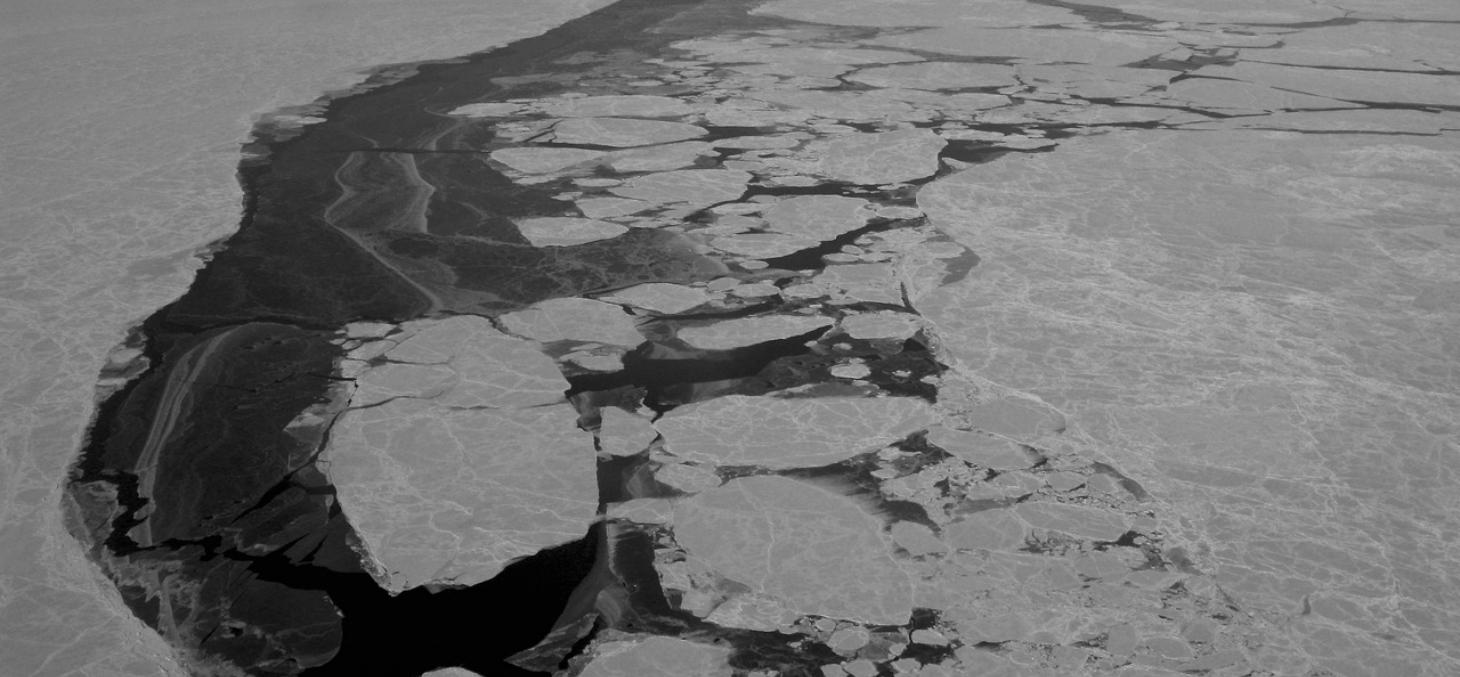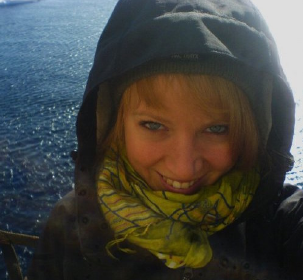- Share
- Share on Facebook
- Share on X
- Share on LinkedIn
Séminaire
On May 23, 2019

On the deformation and drift of sea ice
The thin floating sheet of ice covering the polar oceans is a complex material that breaks and drifts under the action of the winds and ocean currents. From a continuum mechanics point of view, it is both a damageable solid in which highly localized features emerge as a result of failure and a material that experiences high, permanent strains that dissipate stresses once fractured. In this sense, modelling its deformation lies between a solid mechanics and a fluid dynamics problem.
A new rheological framework was recently developed in the view of reproducing both the small deformations associated with fracturing processes within the sea ice cover and its large post-fracturing deformations in continuum global climate models or operational forecasting platforms. Inspired from previous models for the deformation of rocks and of the earth crust, it combines the concepts of elastic memory, progressive damage and viscous-like relaxation of stresses. It will be briefly described here, along with the statistical methods employed to validate the simulated mechanical behavior against the available satellite observations of sea ice deformation. Possible enhancements of this framework in a multi-scale modelling context will finally be discussed.
Date
14h00
Localisation
Galilée 011


- Share
- Share on Facebook
- Share on X
- Share on LinkedIn